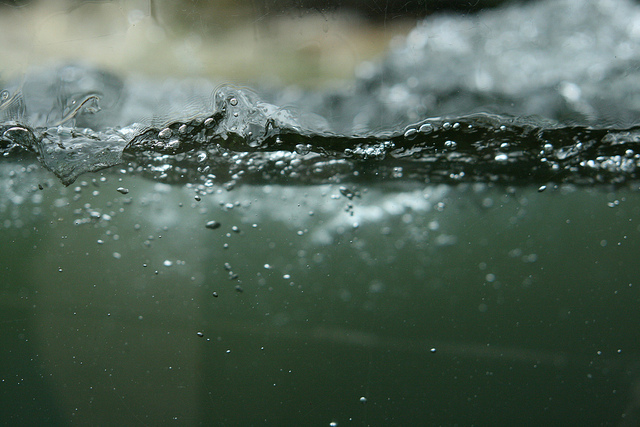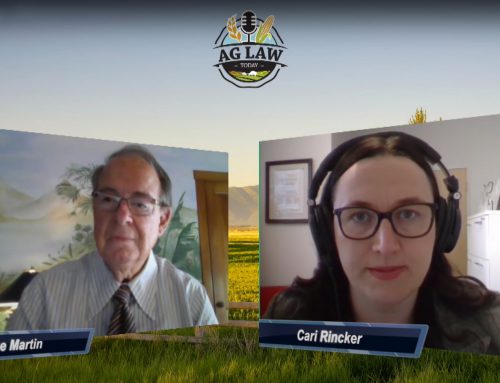The U.S. Department of Agriculture, or USDA, is an organization that wears many hats, and one of those that many don’t know of is a protector of the American water supply. It’s true that agriculture uses a good amount of water, but it’s all in the name of feeding and clothing our nation and providing the materials—such as wood and other products—required to live, work and play. Over the last several years, the USDA has taken on the stewardship of the U.S.’s water supply.
They have worked with private landowners and outside investors to help implement voluntary programs and practices that conserve and protect water supplies. Producers are rewarded for their conservation efforts with increased incomes and communities—especially those in rural areas—benefit from better quality water.
The USDA’s programs have created impressive improvements over the years. They estimate that their programs have prevented 3.5 billion pounds in nitrogen runoff and over 700 million pounds of phosphorus runoff since 2009. They’ve brought clean drinking water and improved waste water management to 14.5 million rural residents. The USDA has also delivered over $370 million in conservation projects. There’s much more; for a full rundown, check out the USDA’s own Fact Sheet. All in all, it’s an impressive lineup.



